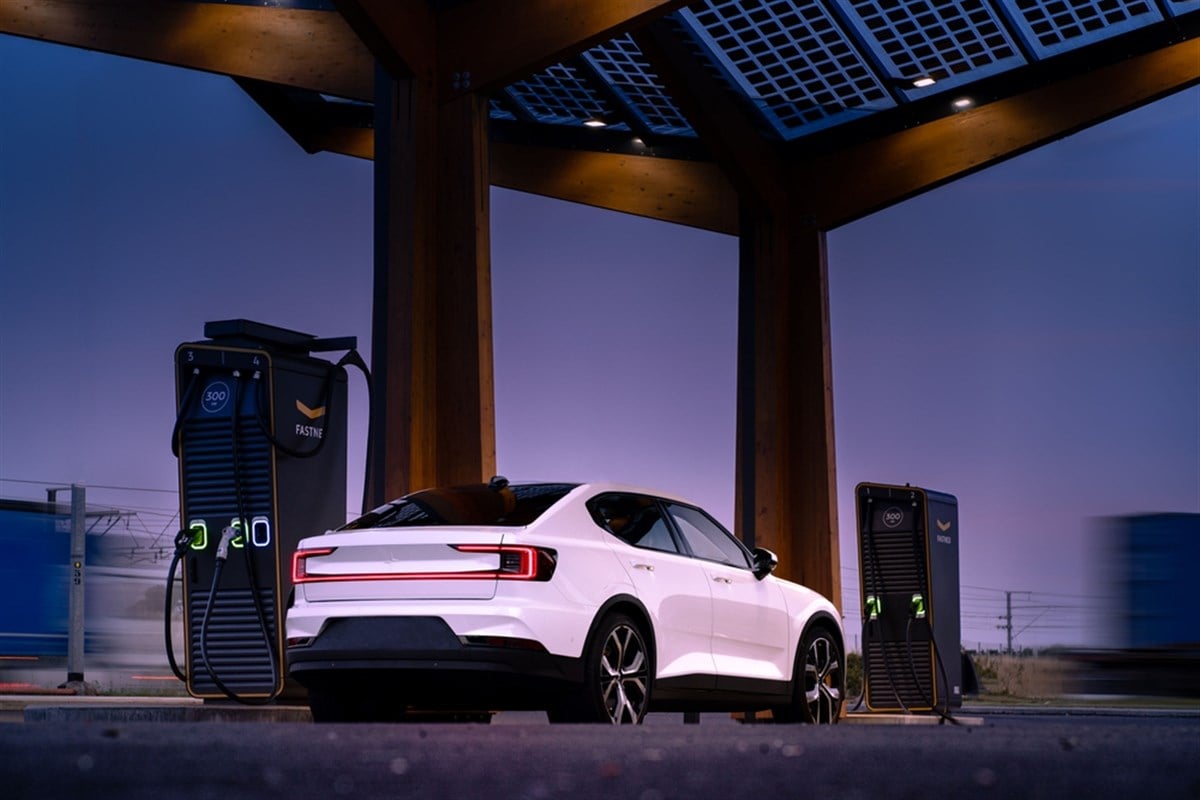Polestar Lives to Fight Another Day After Q2 Earnings

Polestar Automotive (NASDAQ: PSNY) is an electric vehicle company that has seen a shock to its share price over the past 52 weeks. Prior to its recent earnings release, shares were down 70%. Since going public in June 2022, shares have gone straight down, losing 91% of their value.
The NASDAQ issued a warning that it may delist the shares if they don't turn things around soon. It needs to hold its stock price above $1 for at least 10 business days before Jan. 2, 2025, to prevent this possibility.
Let’s examine the company’s operations and trends in its financials and cover some relevant news about the firm. We’ll look at its Aug. 29 earnings report and consider how the company might pull itself out of its hole.
Polestar Has Floundered in Recent Years, and Tariffs Won’t Help
Polestar is a luxury electric car company, first established by Volvo Cars (OTCMKTS: VLVLY) and the Chinese Geely Group (OTCMKTS: GELYY) conglomerate. Polestar has since spun off as its own entity, but the firms still hold large stakes in the business. The company operates as one reportable segment but breaks down its revenue by type and geography.
In 2023, vehicle sales made up 98% of the firm’s total revenue. Items like software sales and vehicle leasing made up very small portions of revenue. European countries dominate sales geographically. However, the United States is the second largest revenue source by country, behind the United Kingdom.
Polestar has been moving in the wrong direction in terms of revenues and profitability. As of Q1 2024, the last twelve months' revenues were down nearly 15%, the worst reading the company has ever posted on that metric. Revenues for Q1 were down 36% from a year ago. The company has also lost over $1.4 billion over that time.
Gross profit margin has turned negative, an especially concerning sign. The average selling price of one of Polestar’s cars was around $48,000 last quarter. The company’s -9% gross margin means that it spent $52,600 on just the labor and materials to manufacture that vehicle. So, it lost $4,600 on every car it sold, not including things like paying its sales team or research and development.
And it’s not like Polestar is just the victim of a trend in the electric vehicle industry. Nearly every other electric automaker trading in the United States saw revenues grow last quarter. Even traditionally gas-powered car makers like Ford (NYSE: F) and Toyota (NYSE: TM) saw their EV sales spike by 86% last quarter.
To add insult to injury, the United States, the EU, and Canada have all announced tariffs on electric vehicles made in China, like Polestar’s. The United States and Canada will now add tariffs of 100% on these cars, effectively doubling their price. The EU will impose a 20% tariff on Polestar. This would seemingly make Polestar's already expensive cars utterly uncompetitive in the U.S. and Canadian markets.
Q2 Earnings Provide Some Respite for Polestar
Shares rose 15% after Polestar’s Q2 earnings report to above $1. The company saw significant profitability improvement. It beat estimates on its operating loss, which came in at $242 million, compared to $296 million expected. However, revenues fell 17% and were $67 million lower than expected. The most significant improvement was in its gross margin, which improved to -0.7% from -9% last quarter. This is good to see, but sustained improvement is key to having confidence in the company. Its new products might just be what it needs.
Can New SUVs Save Polestar?
A saving grace for Polestar could be its new vehicles. The company began production of the Polestar 3 in South Carolina in August. It plans to begin producing the Polestar 4 in mid-2025 in South Korea. These manufacturing locations will allow the vehicles to avoid those arduous tariffs.
Polestar's range of vehicles also includes SUVs, which typically have higher margins than sedans like the Polestar 2, the firm’s most popular vehicle. The introduction of these new products has been a key part of the company’s long-term strategy for years now.
With the first Polestar 3 delivered last June, the company’s results next quarter should be significant. They will give the first true look at how successful its new vehicle is and whether its sales are actually improving margins.
Source MarketBeat




